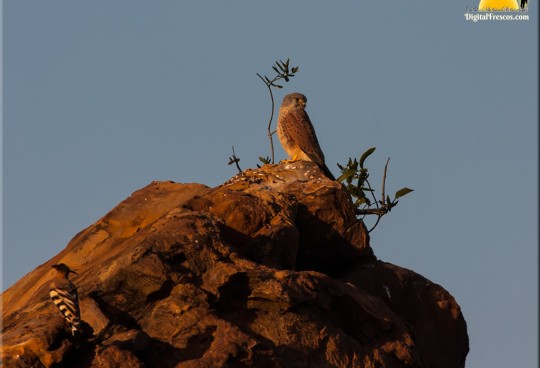The Great Barbet (Megalaima virens) are the largest of all barbet species. The name “Barbet” is derived from the French word “barbe”, which means “beard,” and in this context refers to the bristles which fringe their heavy bills. This is the largest barbet at 31–33 cm in length and a weight of 192–295g. It is a plump bird, with a short neck, large head and short tail. The adult has a blue head, large yellow bill, brown back and breast, green-streaked yellow belly and red vent. The rest of the plumage is green. Both sexes and immature birds are similar.
The great barbet is a resident breeder in the lower-to-middle altitudes of the Himalayas, ranging across northern India, Nepal and Bhutan, Bangladesh and some parts of Southeast Asia, as far away as Laos. They are typically found in broadleaf evergreen forests between about 2,000 – 8,500 feet (600 – 2,565 meters). Great Barbets mostly feed on fruits, flowers, buds and seeds, but will also eat a wide range of insects, including moths, mantis, ants, cicadas, dragonflies, crickets, locusts and beetles. They usually forage in the higher branches of tall trees. They are resident (non-migratory) within their range. Not globally threatened. Not globally threatened. Common in N Indian Subcontinent, although very local in Pakistan; possibly still present in Bangladesh, but no recent records; common in SE Asia. It is classified as least concern by IUCN.
![]()






Sorry, the comment form is closed at this time.